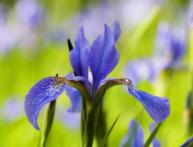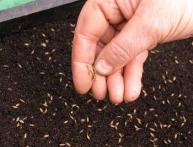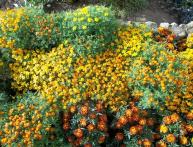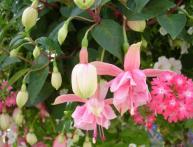Growing tuberous begonia by dividing the tuber
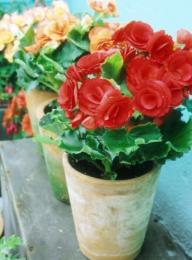
Growing tuberous begonia based on dividing a tuber with several sprouts into parts and then germinating them in pots or boxes.
After the tubers are separated, the sections are sprinkled with crushed coal, dried and placed for germination. Reproduction and cultivation of tuberous begonia by dividing the tuber is usually practiced to rejuvenate old tubers, because old plants bloom much worse than young ones.
For targeted reproduction begonias, when cuttings in spring, large tubers are left alone for 3 months in the fall, planted for germination only in January. After the third leaf appears on the sprouts, cuttings with 2 leaves are cut from them with a razor and part of the sprout with 1 leaf is left.
After dusting the cuts with crushed coal, the cuttings are planted in a substrate according to a 5 by 5 cm pattern (a mixture of leaf, peat soil and sand in equal parts) and moistened well. When maintaining a temperature of 20 degrees, high humidity, soil and shade from the sun, the cuttings take root within a month. After this, you can plant them in individual pots.
In addition to spring, there is also autumn cuttings: shortly before digging up the plants, in August, the shoots are separated from the tubers of adult begonias, planted in the substrate to a depth of about 4 cm, and kept until spring in the same way as indoor plants, with moderate watering.
Since tuberous begonias have a dormant period in winter, most of the leaves (and sometimes the entire above-ground part) of the cuttings often die off, although the compacted underground part remains. In spring, cuttings are also planted in individual pots.





